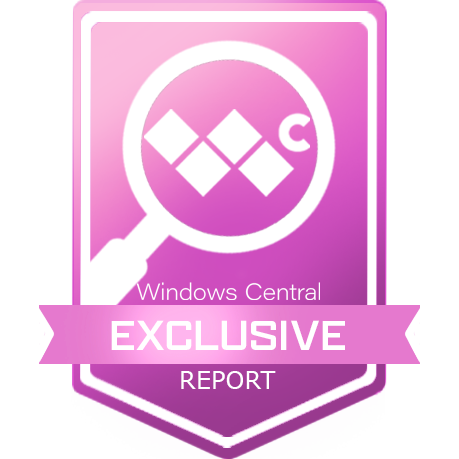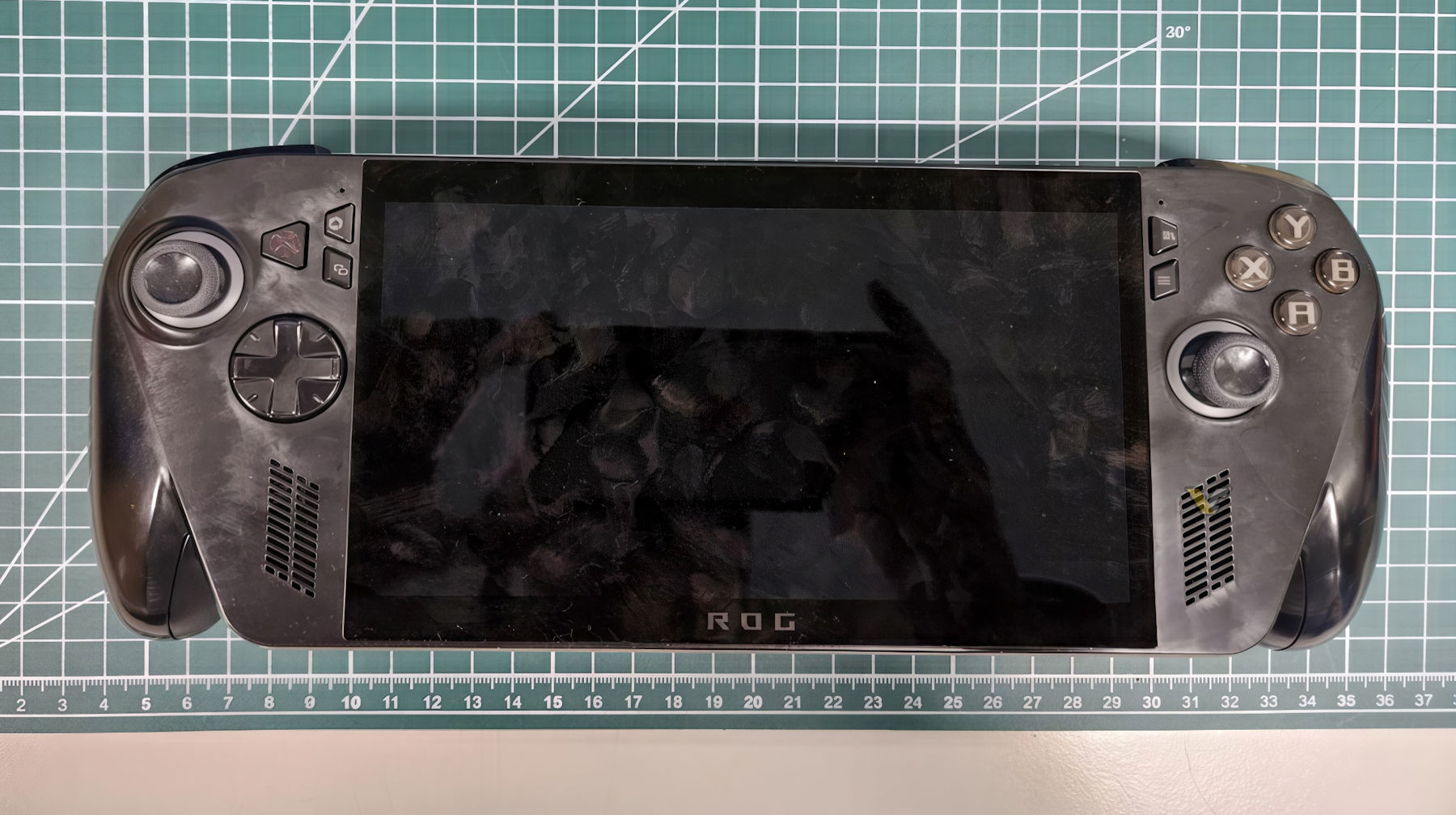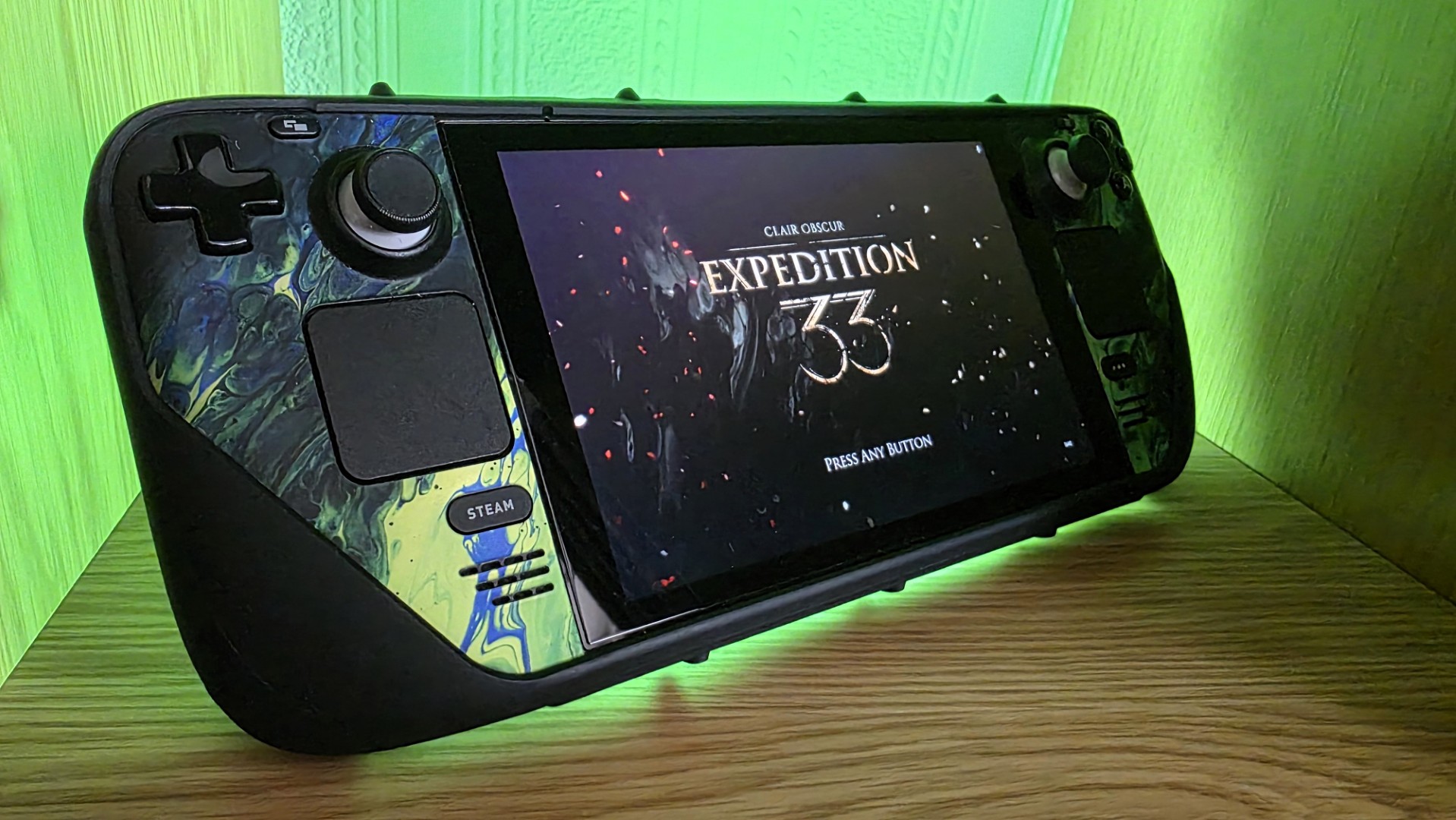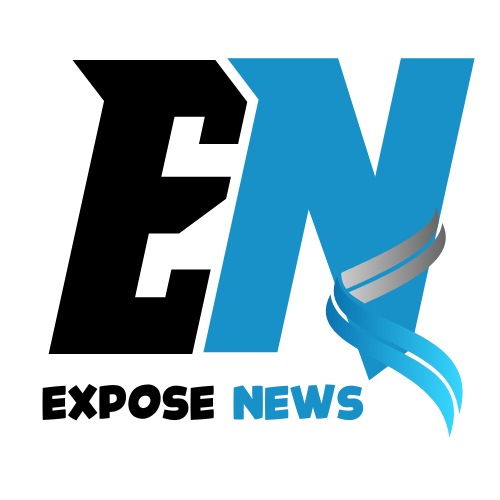I come to you today with some fresh news about Xbox’s handheld plans. Previously, I reported that Microsoft was working on a native Xbox handheld alongside an Xbox Series X successor, planned to launch around 2027. It now seems that Microsoft’s priorities have shifted somewhat.
UPDATE: Previously, this article noted “Pembrooke” as the codename for the handheld, but we’ve received clarification that this codename might be incorrect, stay tuned for an update on that part. The rest of the report remains unchanged.

Microsoft still wants to build its own Xbox handheld in the future, but Microsoft has decided to prioritize its teams to improve Windows 11 gaming performance, specifically for devices like the ASUS partner device “Project Kennan.” It’s possible that the existential threat from SteamOS, which on paper delivers better gaming performance than Windows 11 itself, has informed these decisions. Our sources have indicated to us that Microsoft is still deeply investing in developing its own Xbox gaming handheld technology in the future, but it was announced internally today that the priorities are moving more deeply towards third-party OEM handhelds in the interim.
Project Kennan is the codename of Microsoft’s partner Xbox handheld with ASUS. We understand that Kennan is targeting a launch for later this year. The hardware side is essentially finished, but there’s a significant effort between the Xbox and Windows teams to improve the experience on the software side. Devices like the ASUS ROG Ally and Lenovo Legion Go already run on regular Windows 11, and the Xbox layers and apps have improved, but there’s still a lot of improvements to be made.

It was always a bit unclear if Microsoft’s handheld was designed to be a native Windows 11 PC gaming-style handheld, or more of a native Xbox console-style experience. But we potentially now have the answer.
It seems that it was indeed meant to be a device that could run full Xbox games, but Microsoft has decided to prioritize its teams on the partner opportunity around devices like Kennan — at least for now. I’ve been told that Microsoft still has big ambitions and is investing heavily to deliver a native Xbox handheld, but the shift is about prioritizing and allocating resources right now. There have been no layoffs or anything like that as a result of this reprioritization.
Microsoft is also working on next-gen Xbox cloud systems, which are now in testing at Microsoft’s HQ in Redmond. The new cloud platform should bring its latency closer to parity with NVIDIA’s GeForce Now service, which is arguably the performance leader right now (and still integrates Microsoft’s Xbox / PC Game Pass). NVIDIA GeForce Now just launched a native app for the Steam Deck as well, presenting another competitor to Microsoft’s cloud gaming strategy. Microsoft was previously working on a cloud-first mini console dubbed Hobart, which was also cancelled.
Handhelds are the future — Microsoft is investing to ensure it won’t get left behind

Microsoft potentially has some time stacked against it here, with SteamOS and the Steam Deck platform already spreading across to Windows 11-based PC gaming handhelds. You can now install SteamOS on the Legion Go and ASUS ROG Ally, and initial tests reveal huge battery life and performance improvements, at the cost of access to certain services (like PC Game Pass) and certain launchers and features.
For gamers who prefer Steam, SteamOS is increasingly presenting an existential threat to Windows’ gaming dominance. Microsoft seems to have recognized here that it can’t totally rest on its laurels here.
Microsoft has an Xbox Showcase coming up on June 8, 2025, where it will reveal the latest and greatest games from its vast content portfolio. Nobody can criticize Microsoft on its gaming content output right now, with Xbox Game Pass being absolutely on fire, atop dozens of studios churning out high-quality content. But, the hardware future remain a little murkier — the potential is huge, though. Microsoft’s first-party hardware teams across Xbox and Surface are best-in-class, but Microsoft corporate might have different ideas about how to grow its gaming brand.
Hopefully, these priority shifts will deliver improvements PC gamers are looking for, and eventually, lead to a more optimized platform for things like Xbox Play Anywhere, Xbox Cloud Gaming, and the multi-modality that Microsoft clearly believes is the gaming future. But can they do it fast enough before the PS6, Nintendo Switch 2, and SteamOS take all the limelight? Time will tell.





